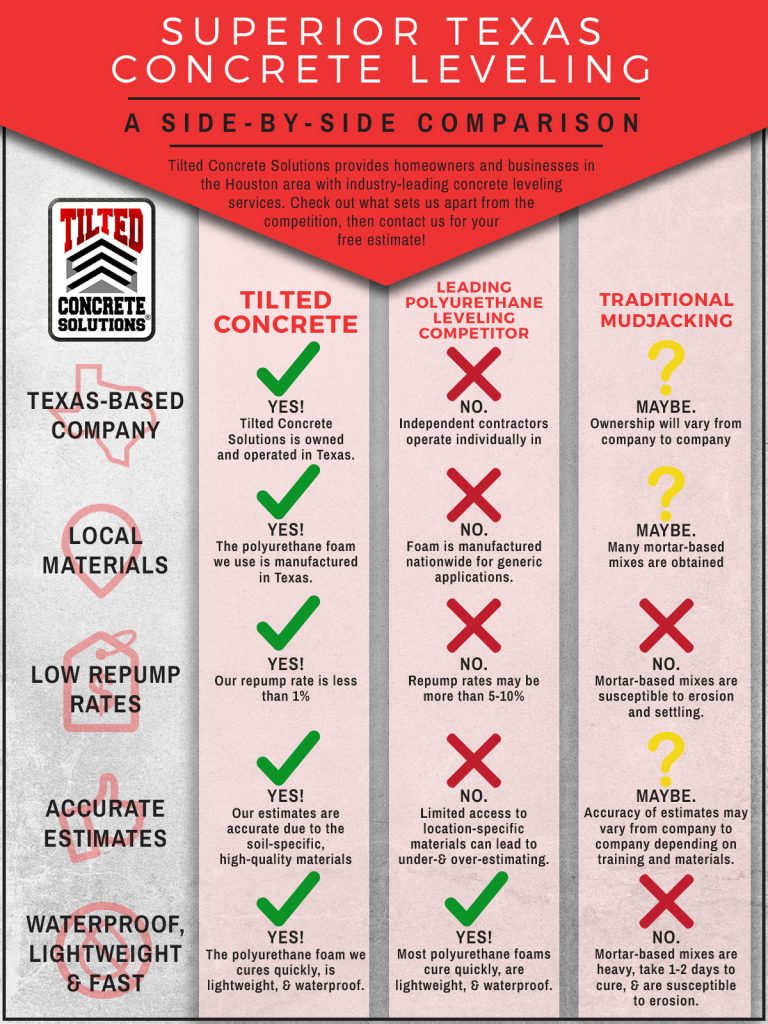The Influence Of Weather On Industrial Exterior Paint: Secret Considerations
The Influence Of Weather On Industrial Exterior Paint: Secret Considerations
Blog Article
Composed By-Beasley Bendtsen
When you're preparing a business exterior painting job, don't underestimate the impact of weather condition on your outcomes. You need to think about aspects like temperature, moisture, and rainfall, as they can make or damage your paint task. For instance, did you know that suitable conditions call for specific temperature level varieties and humidity levels? Falling short to check these aspects can bring about unequal coatings and even damages to fresh paint. Understanding these aspects is essential to accomplishing a durable, professional result. So, what certain climate condition should you be wary of?
Temperature Considerations
When it pertains to commercial external paint, temperature plays a crucial duty in the outcome of your project. If you're repainting in severe warmth, the paint can dry out also rapidly, leading to problems like poor bond and unequal coatings. You want to aim for temperature levels between 50 ° F and 85 ° F for the very best results. Below 50 ° F, paint might not heal appropriately, while above 85 ° F, you take the chance of blistering and fracturing.
Timing your project with the best temperatures is important. Start your job early in the morning or later on in the mid-day when it's cooler, especially throughout warm months.
Additionally, take into consideration the surface area temperature; it can be substantially more than the air temperature level, specifically on warm days. Use a surface thermostat to inspect this before you begin.
If temperatures are uncertain, watch on the weather report. Sudden temperature level drops or heat waves can derail your strategies. You don't wish to start repainting only to have the problems change mid-project.
Humidity Degrees
Humidity degrees dramatically impact the success of your industrial external paint project. When the moisture is too expensive, it can hinder paint drying and healing, bring about a variety of concerns like poor bond and finish top quality.
If you're intending a work during damp conditions, you may discover that the paint takes longer to dry, which can expand your task timeline and increase costs.
Conversely, low moisture can also posture obstacles. Paint may dry also swiftly, avoiding proper application and resulting in an irregular coating.
You'll want to check the humidity degrees very closely to guarantee you're functioning within the perfect variety, typically between 40% and 70%.
To obtain the best results, consider using a hygrometer to determine moisture before beginning your project.
If you locate the degrees are outside the optimum variety, you might need to adjust your routine or pick paints developed for variable problems.
Always speak with the manufacturer's guidelines for details recommendations on humidity resistance.
Precipitation Influence
Rain or snow can significantly interrupt your business external paint plans. When rainfall takes place, it can wash away newly used paint or develop an unequal coating. Ideally, you wish to select days with dry weather to make certain the paint sticks appropriately and cures properly. If you're captured in a rain shower, it's finest to halt the job and await problems to enhance.
In addition, snow can be even more destructive. Not just does it develop a wet surface, yet it can likewise decrease temperature levels, making it hard for paint to completely dry. This can result in concerns like peeling or blistering down the line.
It's essential to check the weather prediction prior to beginning your job. If just click for source or snow is predicted, think about rescheduling.
Constantly keep in mind to permit sufficient drying time between layers, especially if the weather remains unforeseeable.
Conclusion
In conclusion, watching on the weather is important for an effective business outside painting task. By monitoring temperature level, humidity, and precipitation, you can make sure the very best conditions for application and treating. Keep in mind to plan your work around beneficial climate and constantly adhere to producer standards. With the appropriate approach, you'll achieve a resilient, stunning surface that can withstand the aspects. Do not let relevant web site catch you off guard-- remain notified and paint smart!
